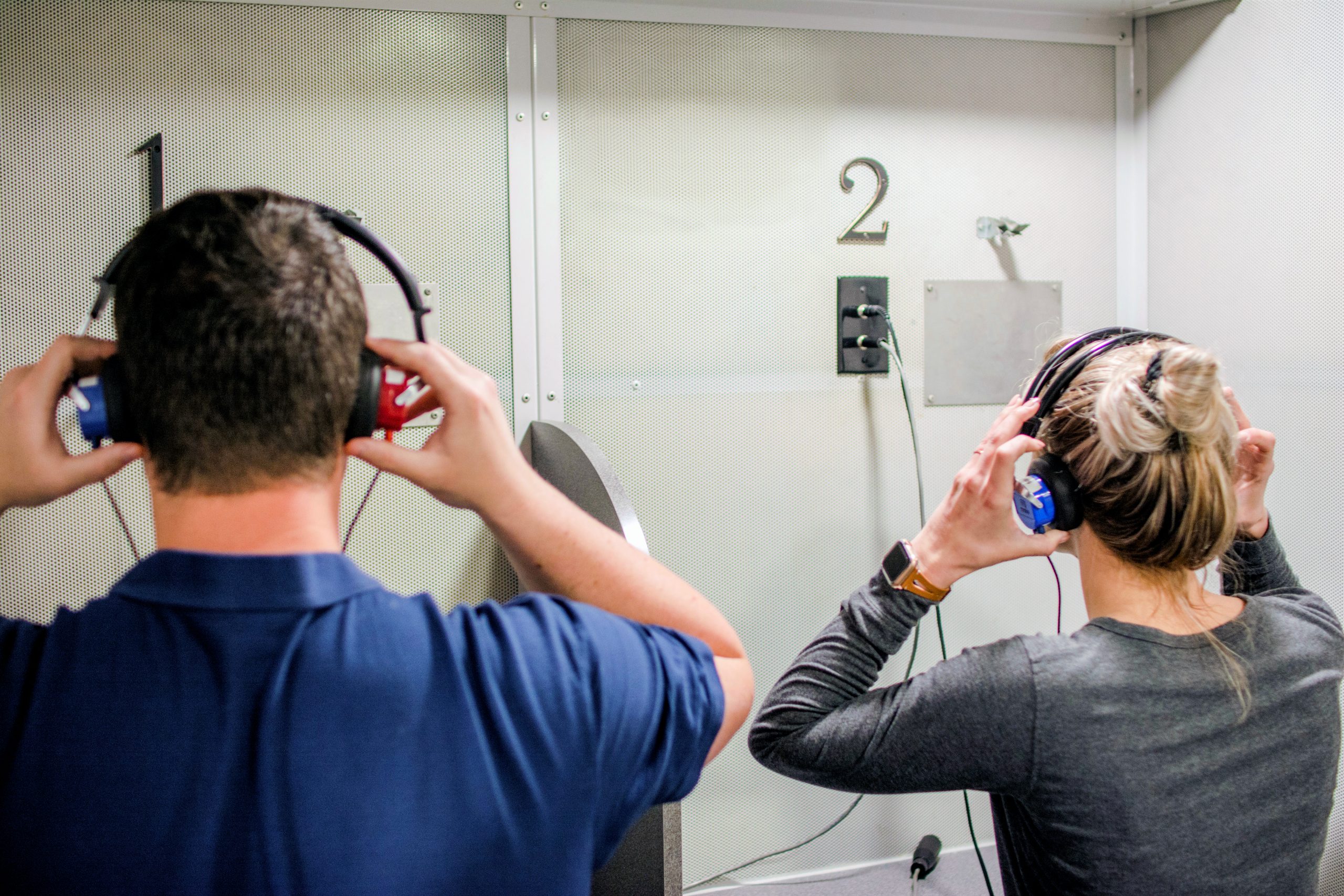Your annual hearing testing is around the corner and you are working hard to ensure this integral part of your hearing conservation program is successful. Our scheduling and client engagement teams will walk you through everything you need to know for a smooth testing day
But some things only come with experience and don’t make the official checklist. Here is a list from our team of tips and advice to prepare for an organized and efficient testing process.
1. Scheduling
It all starts with scheduling. This is key as testing is an annual event.
Compliance testing can approach rapidly and you want to be ready. It’s never too soon to schedule your testing. Give yourself plenty of time, we recommend to be scheduled a month before arrival.. Once you have scheduled with us, set a reminder on your laptop or phone. Creating a calendar event either through email or a program is also a helpful tool to stay on track.
Fortunately, Examinetics walks you through the process to make sure you understand everything required of you and your employees: what to expect the week before, the day before, when the technician arrives on site, and after testing.
Just like anything else, it’s all about prep for success for a smooth operation. Know beforehand the details, like the number of employees to be tested and employee requirements, flow rates, mobile unit & electrical requirements, other details which will all be covered in a confirmation email before we arrive.
2. Limit excessive noise exposure before testing day
Motorcycling, firework explosions and Metallica concerts are just a few activities your employees should avoid the day before testing. While your employees should treat every day like testing day, limiting noise exposure outside of work 14 hours before testing can be quite beneficial for their baseline test.
3. Timing of hearing test during work shift
Hearing testing should be conducted throughout an employee’s work shift. It’s vital to not schedule everyone for an test early in the shift. Remember, the hearing test assesses how well the hearing protection portion of the hearing conservation program is working. Testing later in the shift is the best way to assess this. If hearing protection is working as it should, an employee should be able to be tested at any point during the shift and show no hearing shift.
4. Bring hearing protection to the mobile unit...
Employees should always bring their hearing protection – whether foam earplugs, earmuffs or other types of protection – to the unit. This allows the technician to verify whether your employees are correctly using the protection they are actually using, not just one of the protectors available at your site.
5. …But make sure it’s not being worn during the test
Anything that has been inserted into the ear canal must be removed prior to wearing testing earphones including any type of hearing protection, namely disposable foam, as well as hearing aids. Too often, our technicians have come across disposable foam hearing protection wedged in someone’s ear.
The same is true for anyone wearing hearing aids: hearing aids must be removed during testing. These employees are often concerned about showing a loss because they wear hearing aids.
The purpose of the annual hearing test is to determine if an employee’s hearing has worsened. Wearing a hearing aid during the test will prevent an accurate measurement of hearing change.
6. Doctors's Orders
If an employee has a note from a physician stating s/he is currently under medical care for an ear problem, they still need to be tested if they are in your hearing conservation program. Often times a medical problem will not results in a hearing shift. Unless the ear is painful to the touch or has active drainage, you are encouraged to have the employee tested on our van. If they are not tested by Examinetics, they will need to be tested at a clinic.
Be aware of your claustrophobic and anxious employees before the testing process. The employee may need to be tested alone so our technician can allow or for brief breaks during the session.
7. Testing follow-up
Even after we’ve left your site, we are still there for you. XM Solutions, our data management portal, houses all your results and data. With this beneficial tool, you can uncover potential hazards as well as highlighting and pursuing successes. Use this for insights into your HCP, reporting your results and planning for the future.
8. Treat every day like it’s hearing testing day
When it comes to hearing protection, your employees should treat every day like hearing testing day. Consistent and careful use of hearing protection - as well as proper training - should be a daily occurrence on the job. Too often, our technicians notice that hearing protection usage increases right before hearing testing occurs. This common occurrence doesn’t accurately represent your workforce’s typical hearing standard, and can result in damaged hearing health if the pattern continues. Guarding ear and hearing health actually prevents a host of other health issues.
---
This is business-to-business information intended for EHS (environmental health and safety) professionals and not intended for the final consumer. Companies should check the local regulatory status of any claim according to their individual needs, requirements and intended use.
